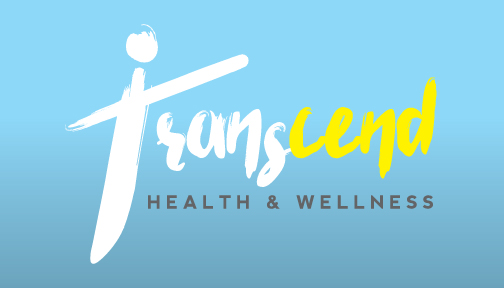ADD/ADHD
ADHD:
Attention-Deficit Hyperactivity Disorder (ADHD/ADD), is the most common neurobehavioral challenge in children, and persists into adulthood for 50% of those diagnosed. It has the potential for intense social, emotional, and academic ramifications—from challenges in traditional schools, to forgetfulness, difficulty in relationships, and self-judgement and self-worth challenges. Furthermore, 50-60% of people with ADD/ADHD also can have comorbidity of, or concurrently suffer from conditions such as learning disorders, restless leg syndrome, depression, anxiety, substance abuse, conduct issues, among others.
The term “attention deficit” is—in reality—misleading. Current theories suggest that people with ADHD actually pay too much attention to too many things or do not pay attention to seemingly non-relevant details, giving the impression that they have poor focus. Instead of insufficient attention, the issue is instead challenges with regulating attention.
Regulating attention falls under the domain of “executive function,” which is the responsibility of a part of the brain called the pro-frontal cortex. People with ADHD often have had cortical maturation issues, causing relevant parts of the brain to be thinner. The good news is that the brain has plasticity, or the ability to structurally change and heal with the right stimulation and activity. In other words, it is possible to thicken these parts of the brain with specific behaviors and other treatment.
Neurologically, the specific areas that are addressed in treatment are dopamine receptors, as well as dopamine transporters and multiple neurotransmitters beyond dopamine, such as other catecholamines and serotonin
Neurologically, the specific areas that are addressed in treatment are dopamine receptors, as well as dopamine transporters and multiple neurotransmitters beyond dopamine, such as other catecholamines and serotonin
Examples of potential treatment include but are not limited to:
If you suspect that you have ADHD/ADD but do not have an official diagnosis, please refer to the information below to help you informally determine if you have some dimension of this challenge. You would experience the majority of these symptoms somewhat regularly, and all of which will have caused difficulty in functioning in social situations, school and/or work.
Diagnostic criteria for attention:
Diagnostic criteria for hyperactivity:
Diagnostic criteria for impulsivity:
